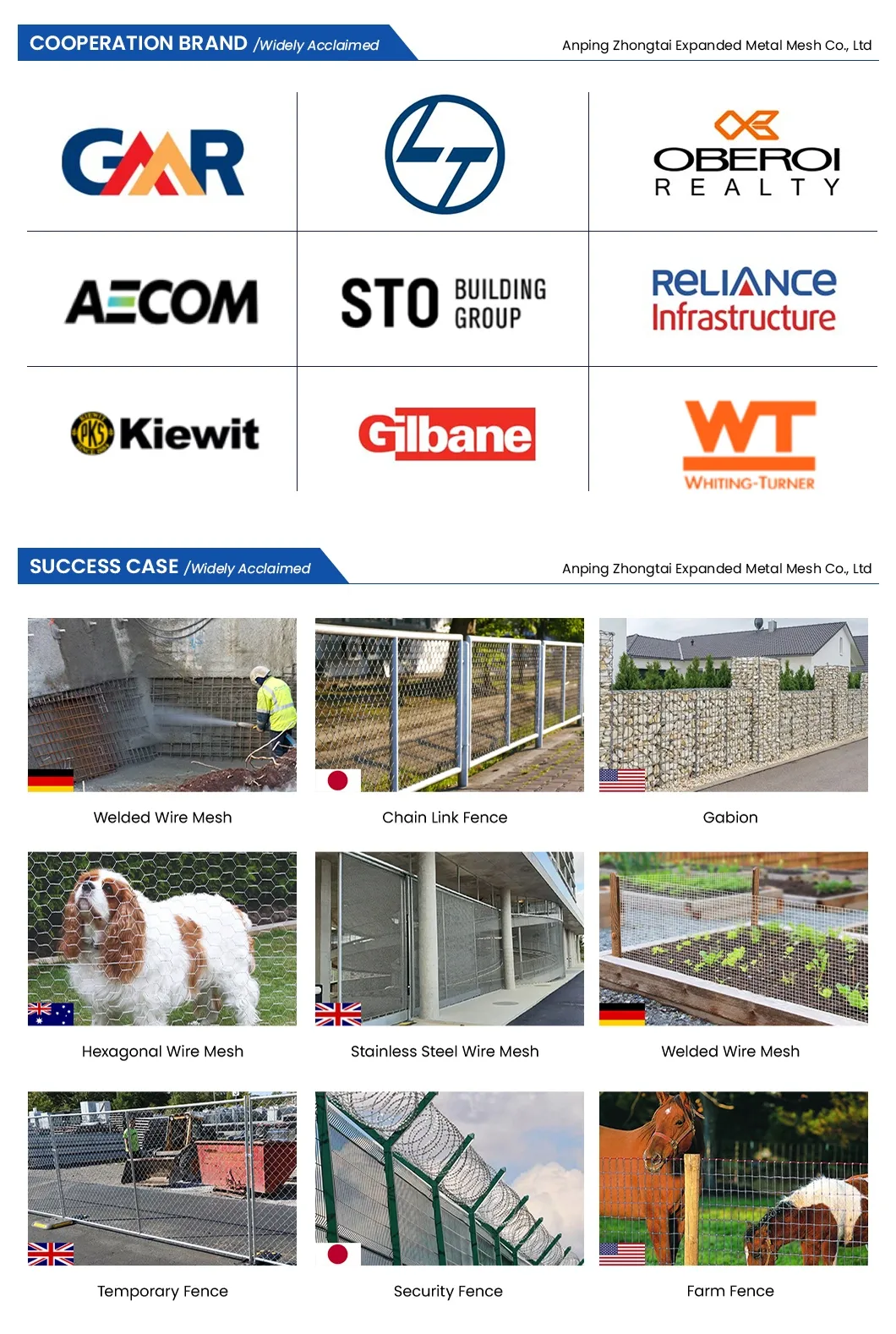Understanding Temporary Barriers Their Importance and Applications
In various sectors, from construction sites to public events, temporary barriers play a pivotal role in ensuring safety and order. These barriers are designed to manage the flow of people and vehicles, delineate spaces, and provide security. As urban environments become increasingly crowded and complex, the need for effective temporary barriers has become more pronounced. This article explores the significance, types, and applications of temporary barriers in our society.
The Significance of Temporary Barriers
Temporary barriers serve multiple purposes. Primarily, they ensure safety by preventing unauthorized access to hazardous areas. In construction zones, for example, these barriers are critical in safeguarding pedestrians from potential accidents related to ongoing work. Moreover, they help to delineate safe zones in crowded settings, guiding people away from dangerous or restricted areas.
In addition to safety, temporary barriers also contribute to the organization of events and the efficient management of crowds. They can help streamline access to facilities during concerts, festivals, or public gatherings, ensuring a smooth flow of attendees. Particularly in urban areas where space is limited, temporary barriers facilitate orderliness, allowing event organizers to create designated areas for different activities, such as VIP zones or food stalls.
Types of Temporary Barriers
There are various types of temporary barriers, each suited to specific needs and environments
. Some common types include1. Traffic Cones and Delineators These are often used on roadways to provide a visual cue to drivers, guiding them around construction areas or detours. Their bright colors and reflective surfaces help increase visibility, especially at night.
2. Plastic Barricades Lightweight and portable, plastic barricades can be quickly deployed to control pedestrian traffic or secure construction sites. They are often filled with water or sand to enhance stability.
temporary barriers

3. Metal Barricades Sturdier than plastic options, metal barricades are frequently used at large public events. They offer greater durability and can withstand more force, making them ideal for crowd control.
4. Temporary Fencing Used to create secure perimeters at construction sites, festivals, and sporting events, temporary fencing prevents unauthorized access while being easy to install and remove.
5. Crowd Control Barriers Often seen at events, these barriers are designed for crowd management. They are typically used in a series to create pathways and control the movement of large groups.
Applications of Temporary Barriers
The applications of temporary barriers are vast and varied. In construction, they ensure the safety of both workers and the public. By clearly marking off areas where work is taking place, they minimize the risk of accidents.
Public events and festivals rely heavily on temporary barriers to manage large audiences effectively. By channeling attendees through specific paths and controlling entry points, organizers can prevent overcrowding and enhance the overall experience. In the wake of recent global events, the importance of maintaining social distancing has further underscored the need for adjustable barriers, which can flexibly accommodate changing safety protocols.
In urban planning, temporary barriers can help manage traffic during road closures, ensuring that detours are clear and safe for both drivers and pedestrians. They play a crucial role in emergency response situations, where quick and effective crowd management can make all the difference.
Conclusion
Temporary barriers are an essential component of modern society, enhancing safety and organization across various settings. Whether at a construction site, during a public event, or in urban traffic management, these barriers provide a necessary level of control and protection. As cities continue to evolve and face new challenges, the role of temporary barriers will undoubtedly expand, creating safer and more efficient environments for all. Their versatility and effectiveness make them indispensable tools in our quest for safety and order in increasingly crowded spaces. As we look to the future, it is clear that the strategic implementation of temporary barriers will play a significant role in shaping our public spaces and ensuring the wellbeing of communities.
-
Why Galvanized Trench Cover Steel Grating Resists Corrosion
NewsJul.10,2025
-
The Versatility and Strength of Stainless Expanded Metal Mesh
NewsJul.10,2025
-
Load Calculations in Steel Grating Platforms
NewsJul.10,2025
-
Keeping Pets and Kids Safe with Chicken Wire Deck Railing
NewsJul.10,2025
-
Hole Diameter and Pitch for Round Perforated Metal Sheets
NewsJul.10,2025
-
Aluminium Diamond Mesh in Modern Architecture
NewsJul.10,2025
Subscribe now!
Stay up to date with the latest on Fry Steeland industry news.

